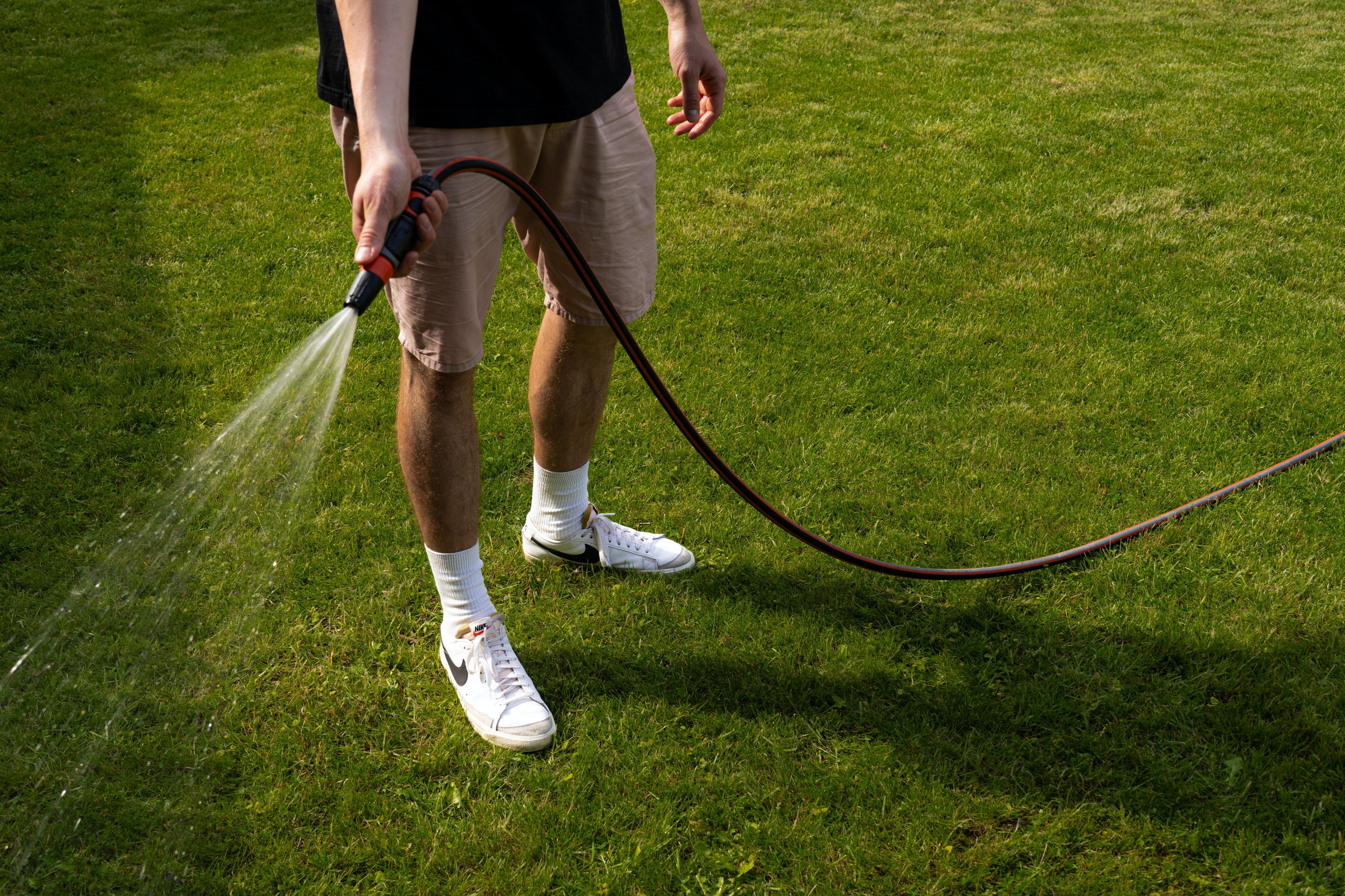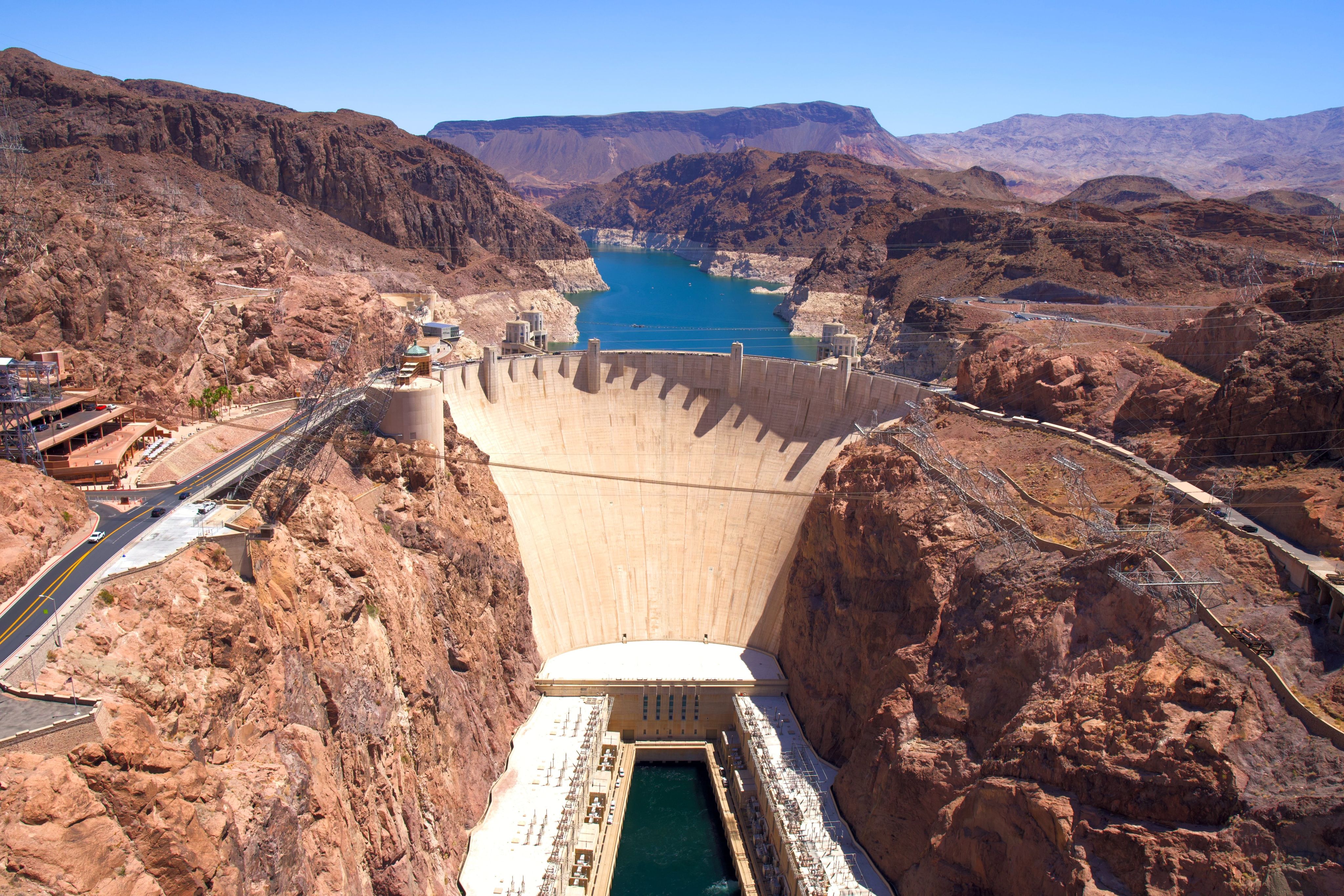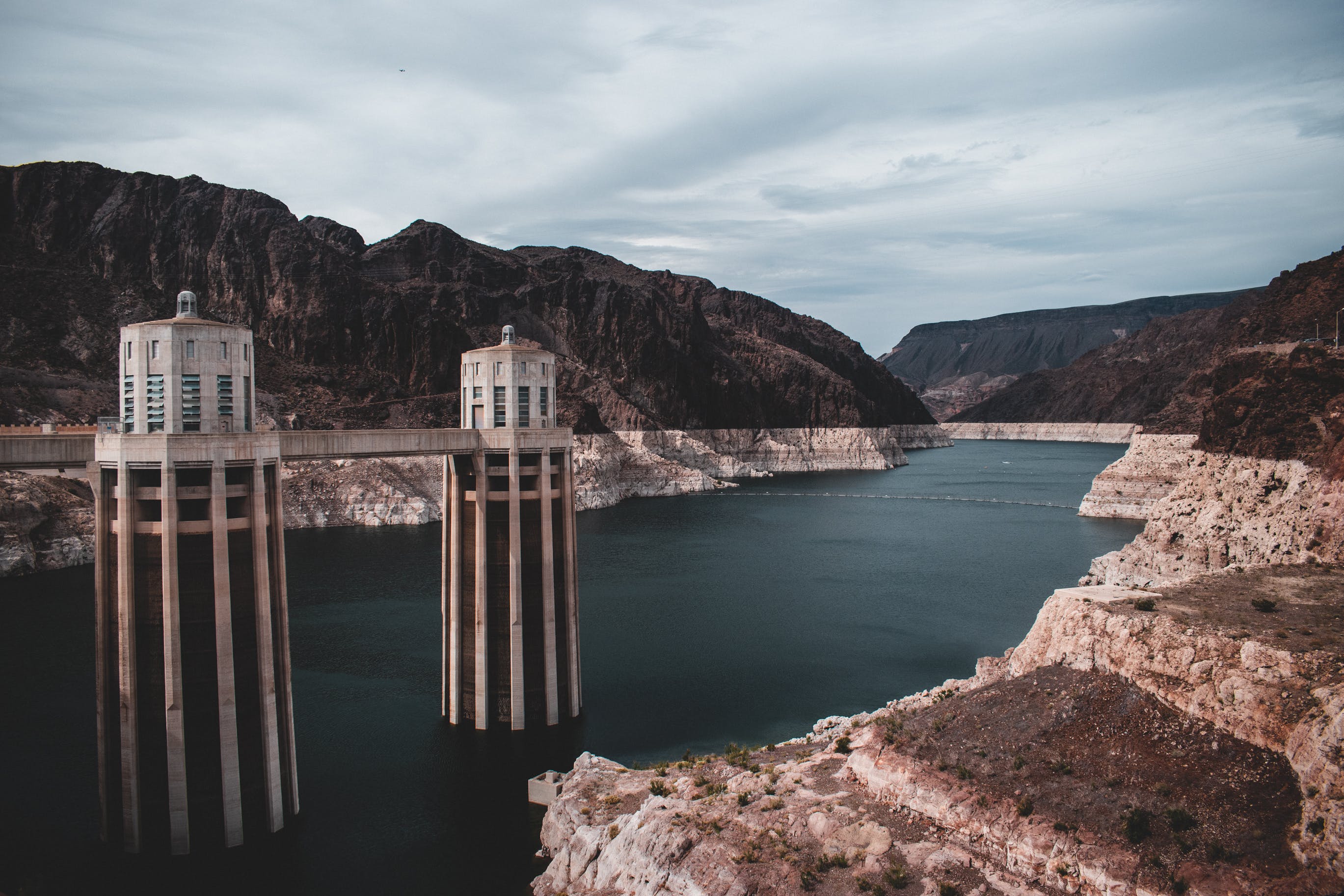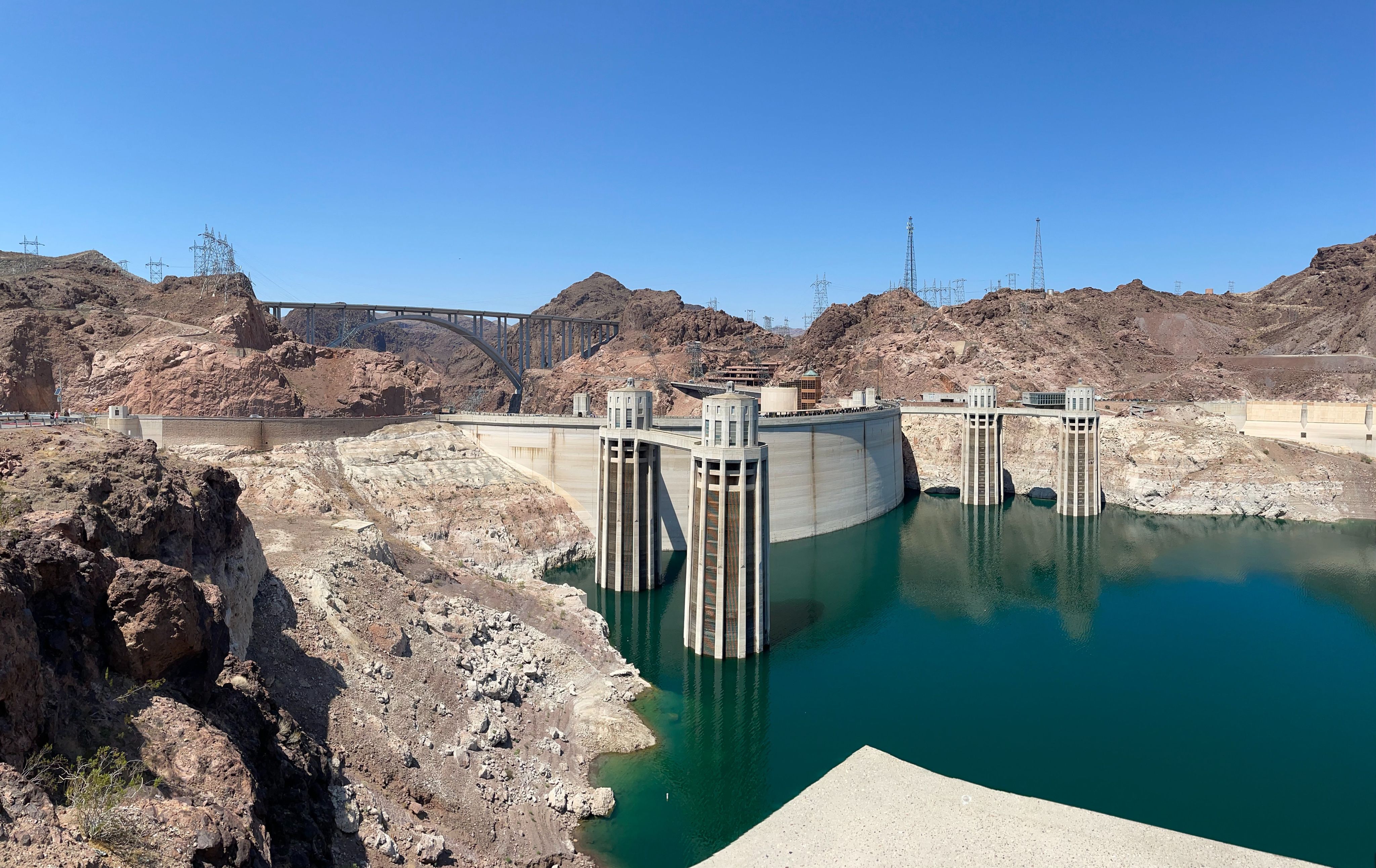Efforts for Conservation

Due to the drying of the Colorado River, Nevada has opted for ways to preserve and save what they can. With sophisticated water treatment technology and research, there is still a disparity between government and citizen participation regarding the issue.
“Right now Nevada is doing everything it should be doing,” Horner said. “It's been doing it for a long time. There are adjusting rates so that households [that] are using more water are going to pay more.”
In Nevada specifically, the government has tried approaching the situation through proactivism by creating organizations dedicated to water conservation.
“We [Nevada] are under threat of having our allocation of the Colorado River being reduced,” Horner said. “So far, we've been able to easily survive because the Southern Nevada Water Authority (SNWA) has, for decades, been working on multiple water conservation strategies to ensure that we have the water that we need.”
SNWA is heavily involved in the treatment of wastewater in Southern Nevada, overseeing many water treatment facilities. These facilities take water from sewers and treat it to become usable for households and also contributes to our annual usage from the Colorado River.
“There are spots around Clark County used as detention basins to store water when it rains, think of places near freeway ramps where you see water collect after it rains,” Regulatory Affairs and QA/QMS Coordinator Carolyn Link said. “If I remember correctly, the state can get credit for that water going back into the Colorado River if it is diverted to the River. That allows for more use of water."
The individual consumer impacts water use on a greater scale than one may realize, especially in states included in the Colorado River Compact who do not have sophisticated water recycling programs, like California. Along with water treatment technology, the Nevada government offers incentives to encourage individuals to reduce landscape water use because of the impact they have
“On an individual basis, we can reduce the amount of time that we're in the shower, that reduces the amount of water that we use,” Horner said. “We can remember that if your irrigation system has a leak, you need to fix it right away so that water is not wasted. There's a lot of different things that we as individuals can do to make sure that we are part of the solution.”
One of the projects SNWA has pushed has been the “Water Smart Landscapes Rebate” in which grass is replaced with adaptable plants and trees. Since the establishment of the program in 1999, around 80,000 projects have been completed.
Despite the pro-activeness from dedicated water organizations, there is a lack of participation from citizens, specifically teenagers, on the matter.
“While I do think that water conservation is important and something that everyone should pay attention to, I am guilty of being ignorant,” senior Dylan Añes said. “There’s no appeal for teenagers to care if we can’t find a way to relate to it.”
With little advertising and engagement, the urgency of Nevada’s water crisis is almost unknown to younger audiences. In recent years social media has helped spread awareness for other causes, however it has not been used to its full advantage in regards to water conservation.
“The only reason as to why I know a bit about the drought that is occurring is because I learned about it in my environmental science class last year,” Añes said. “Besides that, I remember seeing one TV commercial with a player on the Golden Knights team a few years ago. Even that commercial was unmemorable to me, so I wish we were able to come together and try a little bit harder to fix what’s going on.”


